Why energy efficiency could be key to your business’ success
An energy efficient data center setup can help save on bills, but the benefits don’t have to stop there
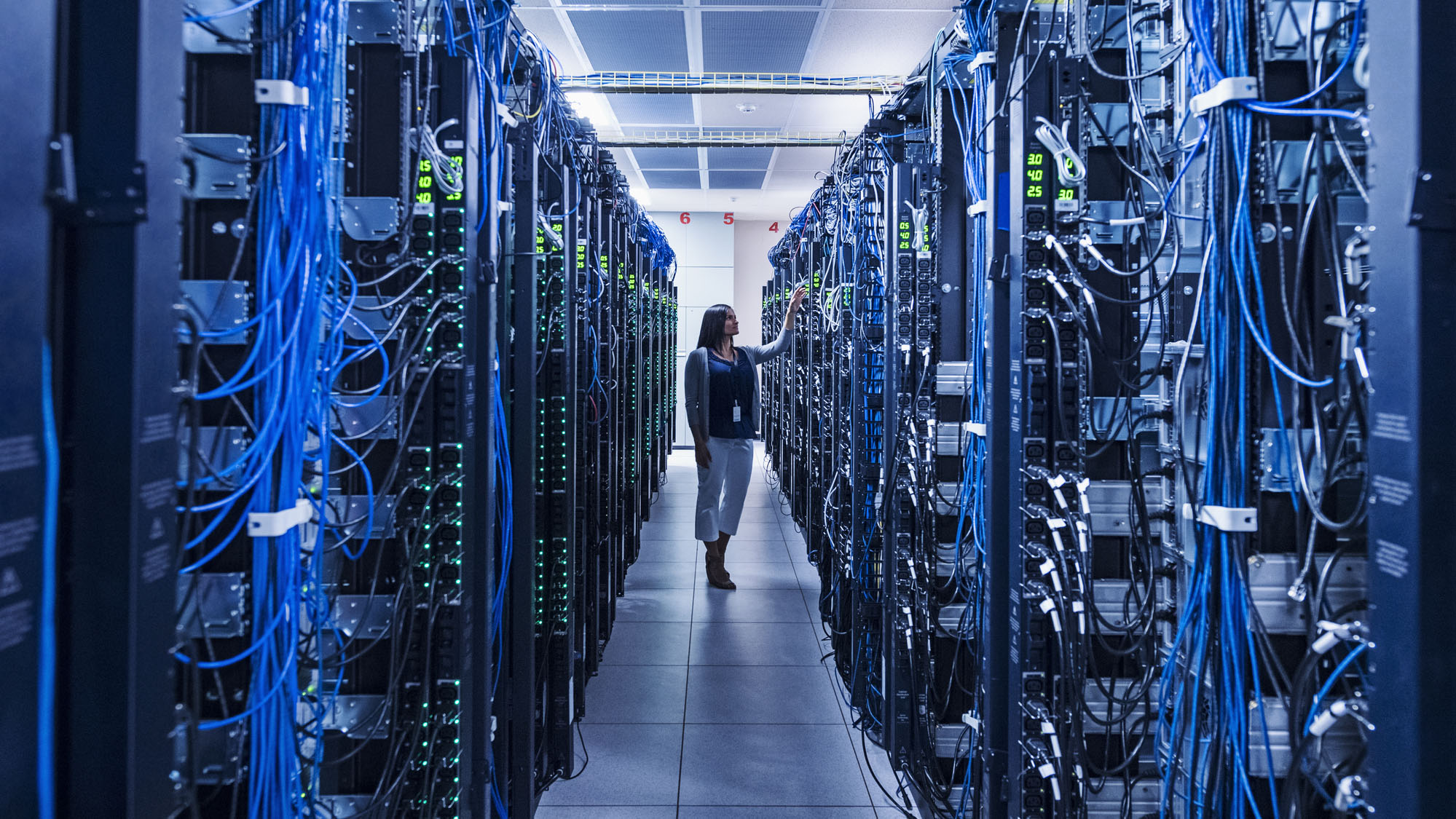
It’s not just households feeling the pinch as the cost of living continues to increase. Businesses are also finding their costs going up, in no short amount due to the rising cost of energy. Even as prices start to level out or even drop off a little, the cost of electricity is still eye-wateringly high.
For most organizations, one of the biggest contributors to their energy costs will be their IT estate, with the data center (or data centers) taking the lion’s share of that if present.
From the temperature the air conditioning unit is set to, to whether you use HDDs or SSDs, everything can make a difference – right down to the type of chips your servers are using.
Keeping it cool
When thinking about making your data center more efficient, there are certain clear areas to address. It’s likely that cooling is the second most power-hungry activity after actually powering the servers. There are a few things you can do to address this: If you’re building a new data center or overhauling one already in situ, consider moving from wall-mounted air conditioning to floor-based cooling, adiabatic cooling towers, or rear door cooling.
It’s also worth checking what the manufacturer’s recommended running temperature is for your servers – nowadays it’s possible it could be closer to 25ºC than the roughly 20ºC of the past. Raising the temperature of the data center by a few degrees may seem like a small intervention, but it can have a significant impact on cost.
Take a look at the servers themselves, too. Options like variable fan speed or liquid cooling – which is far more efficient than air cooling – can reduce the total amount of energy required to cool the data center.
Processor efficiency
Given their diminutive size, it’s easy to overlook the importance of processors in reducing energy consumption in the data center. However, they can be a significant contributor to overall energy costs.
Get the ITPro daily newsletter
Sign up today and you will receive a free copy of our Future Focus 2025 report - the leading guidance on AI, cybersecurity and other IT challenges as per 700+ senior executives
FEATURED RESOURCE
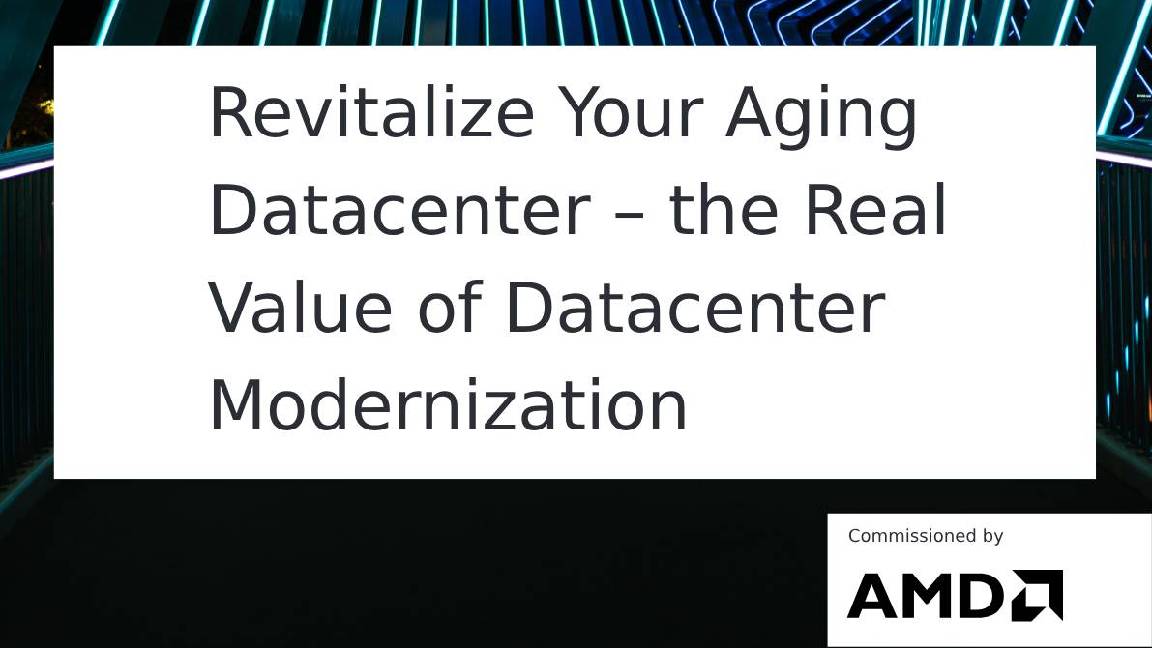
Migrating to modern servers within data centers can decrease service workloads and enable a smaller physical footprint.
What’s more, as Moore’s Law continues to hold with the numbers of transistors on a silicon chip roughly doubling each year, they have become increasingly power hungry.
With this in mind, it’s worth considering installing more energy efficient CPUs and GPUs in your servers in order to reduce overall energy consumption even as power and performance increase.
AMD’s 4th Gen EPYC CPUs, for example, are by design some of the most efficient on the market, without sacrificing on performance. For example, according to the company’s analysis running 2,000 virtual machines on 11 2P AMD EPYC 9654 processor-powered servers will use up to 29% less power each year than a similarly-specced competitor’s hardware while still delivering the same performance.
The company even has a roadmap for energy efficiency in two or the most demanding settings for any processor: High Performance Computing (HPC) and artificial intelligence (AI) training.
Its stated goal is to deliver a 30x increase in energy efficiency over five years for AMD processors and accelerators powering servers for HPC and AI, starting from 2020. This, the company claims, would save “billions” of kilowatt hours of electricity and reduce the power required to complete a single calculation by 97% by 2025.
While this goal may be targeted at HPC and AI-training environments, it’s an ethos that filters down into all its data center chips and is worth bearing in mind when considering any hardware upgrade.
Beyond the bottom line
While money can be a major motivator in the quest for energy efficiency, it’s not the only one. Energy consumption can considerably impact an organization’s environmental profile, determining whether potential customers and partners see it as desirable or not. In the near future, a lack of care and attention when it comes to contributions to global carbon emissions caused through high energy use may also lead to investors and even governments penalizing companies that fail to change their ways.
IT finds itself once again at the center of this equation.
According to 451 Research’s Digital Pulse user survey, carried out in July 2022, 254 out of 576 global IT decision makers said that IT operations account for all (19% of respondents) or most (25%) of their organization’s environmental impact. A similar number (41%) said modernizing their core infrastructure is one of their top tech strategies for reducing this impact.
In this way, moving to more energy efficient processors in the data center serves a dual purpose, especially as more demanding workloads such as analytical and generative AI become the norm. Organizations can take an approach that reduces capital expenditure (CAPEX) by reducing energy bills, which in turn ultimately reduces total cost of ownership (TCO) of any given server, and also reduces their environmental impact.
A strengthened balance sheet thanks to lower energy costs than would otherwise be the case, plus a positive environmental profile can make an organization a more attractive commercial partner. This is especially true for businesses with an environmental strategy that includes how they choose their suppliers.
Who would have thought the humble CPU and GPU could make such a difference to environmental strategy and business partnerships, as well as their regular roles?
ITPro is a global business technology website providing the latest news, analysis, and business insight for IT decision-makers. Whether it's cyber security, cloud computing, IT infrastructure, or business strategy, we aim to equip leaders with the data they need to make informed IT investments.
For regular updates delivered to your inbox and social feeds, be sure to sign up to our daily newsletter and follow on us LinkedIn and Twitter.
-
 Bigger salaries, more burnout: Is the CISO role in crisis?
Bigger salaries, more burnout: Is the CISO role in crisis?In-depth CISOs are more stressed than ever before – but why is this and what can be done?
By Kate O'Flaherty Published
-
 Cheap cyber crime kits can be bought on the dark web for less than $25
Cheap cyber crime kits can be bought on the dark web for less than $25News Research from NordVPN shows phishing kits are now widely available on the dark web and via messaging apps like Telegram, and are often selling for less than $25.
By Emma Woollacott Published
-
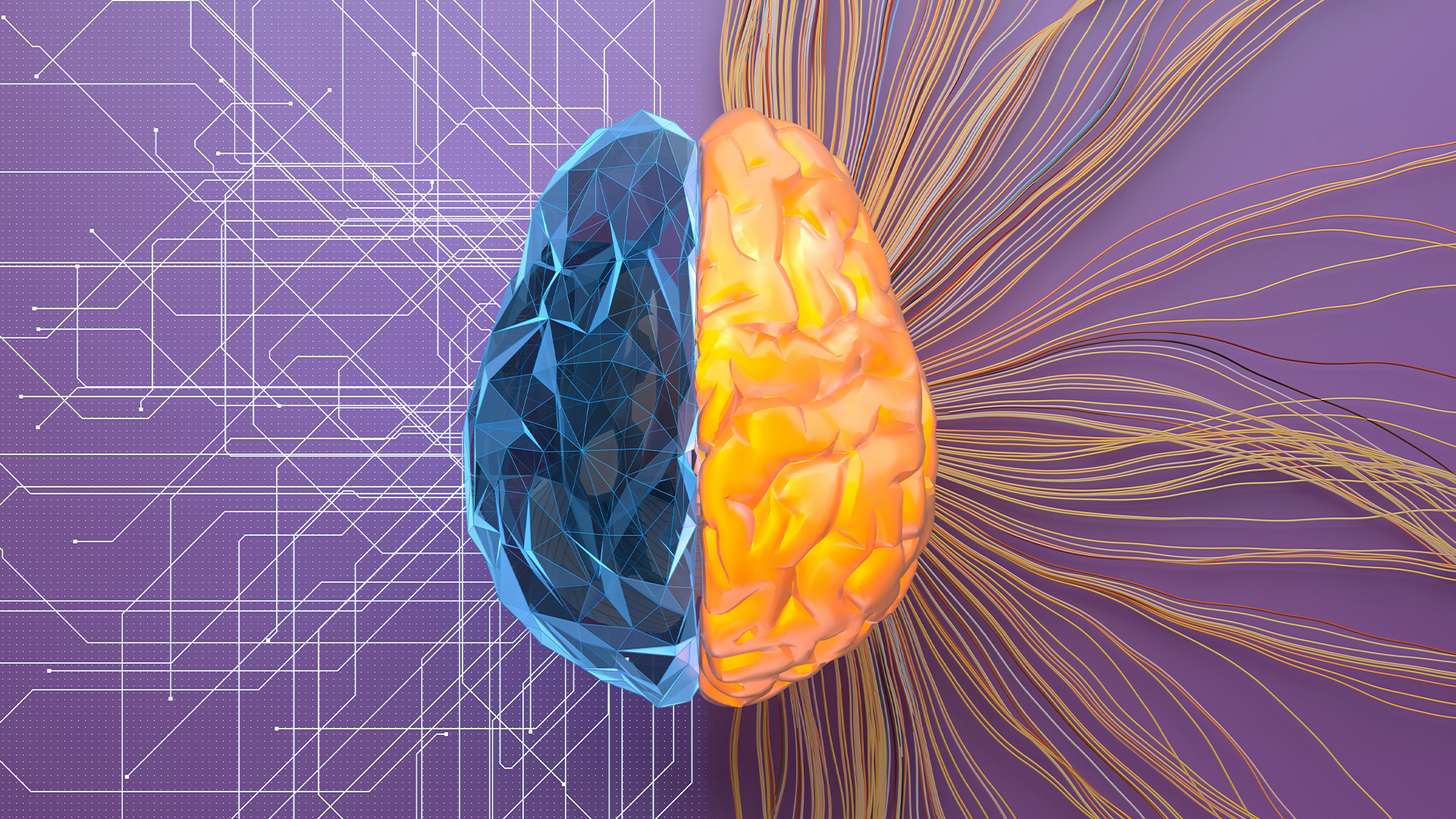 National Grid investment wing backs AI startups to boost energy efficiency
National Grid investment wing backs AI startups to boost energy efficiencyNews National Grid Partners, the venture capital and innovation arm of the UK utility firm, has unveiled plans to invest $100 million in AI startups in the energy field.
By Emma Woollacott Published
-
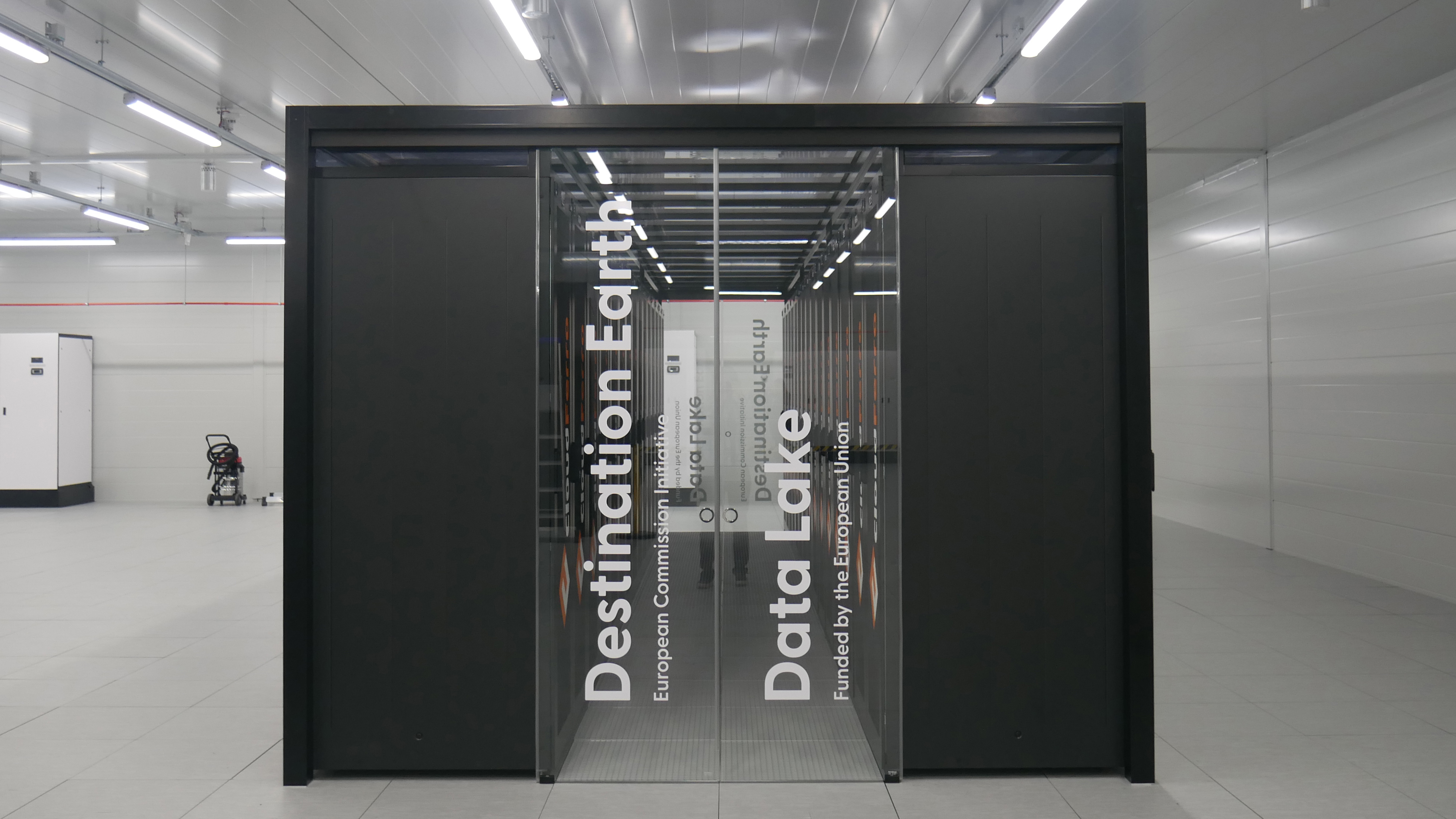 Supercomputing in the real world
Supercomputing in the real worldSupported Content From identifying diseases more accurately to simulating climate change and nuclear arsenals, supercomputers are pushing the boundaries of what we thought possible
By Rory Bathgate Published
-
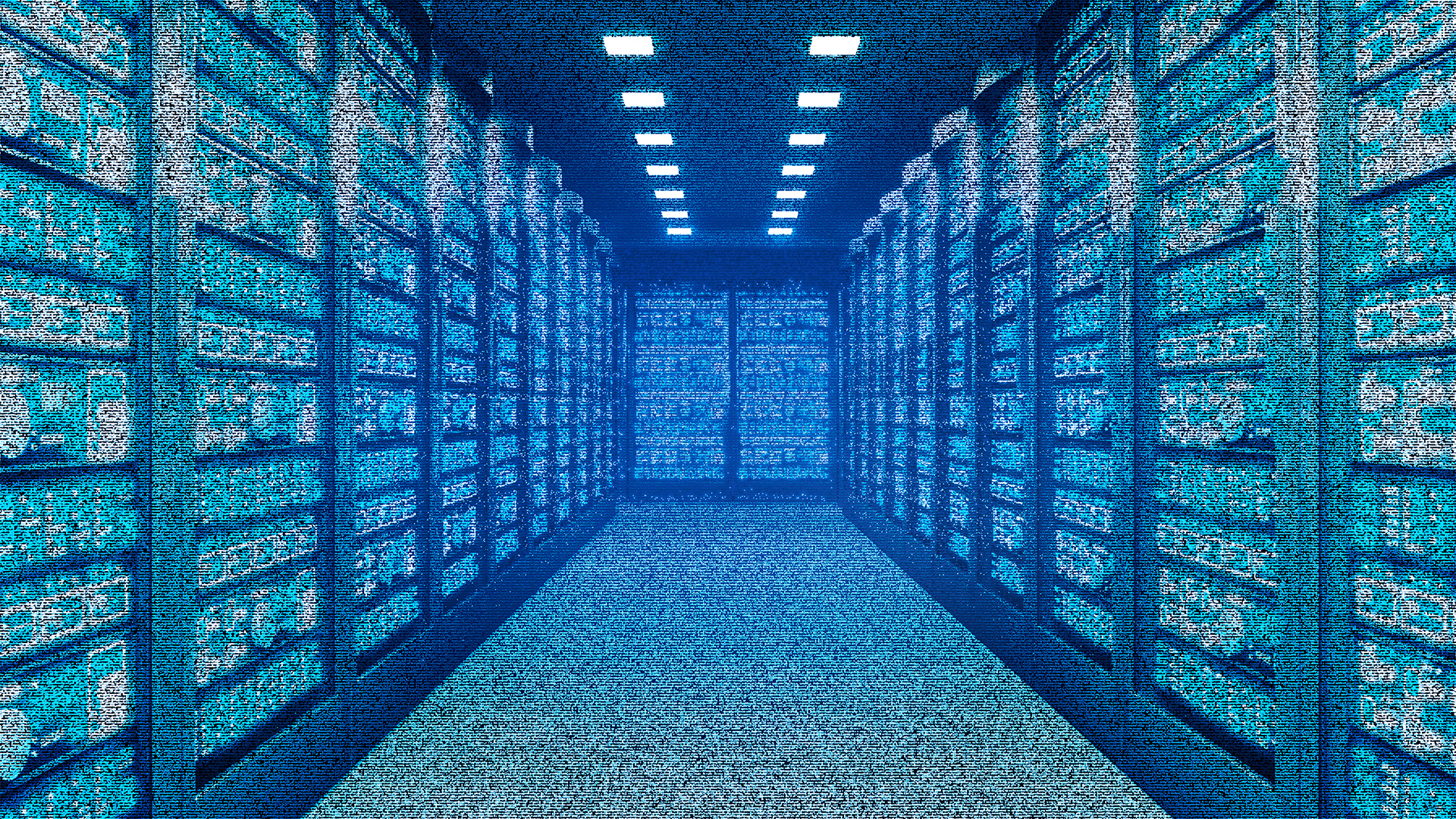 Scientists say they can cut data center energy use by changing just a few lines of code
Scientists say they can cut data center energy use by changing just a few lines of codeNews Researchers at Canada's University of Waterloo have found a way to reduce data center energy use by making alterations to the Linux Kernel to improve network traffic processing.
By Emma Woollacott Published
-
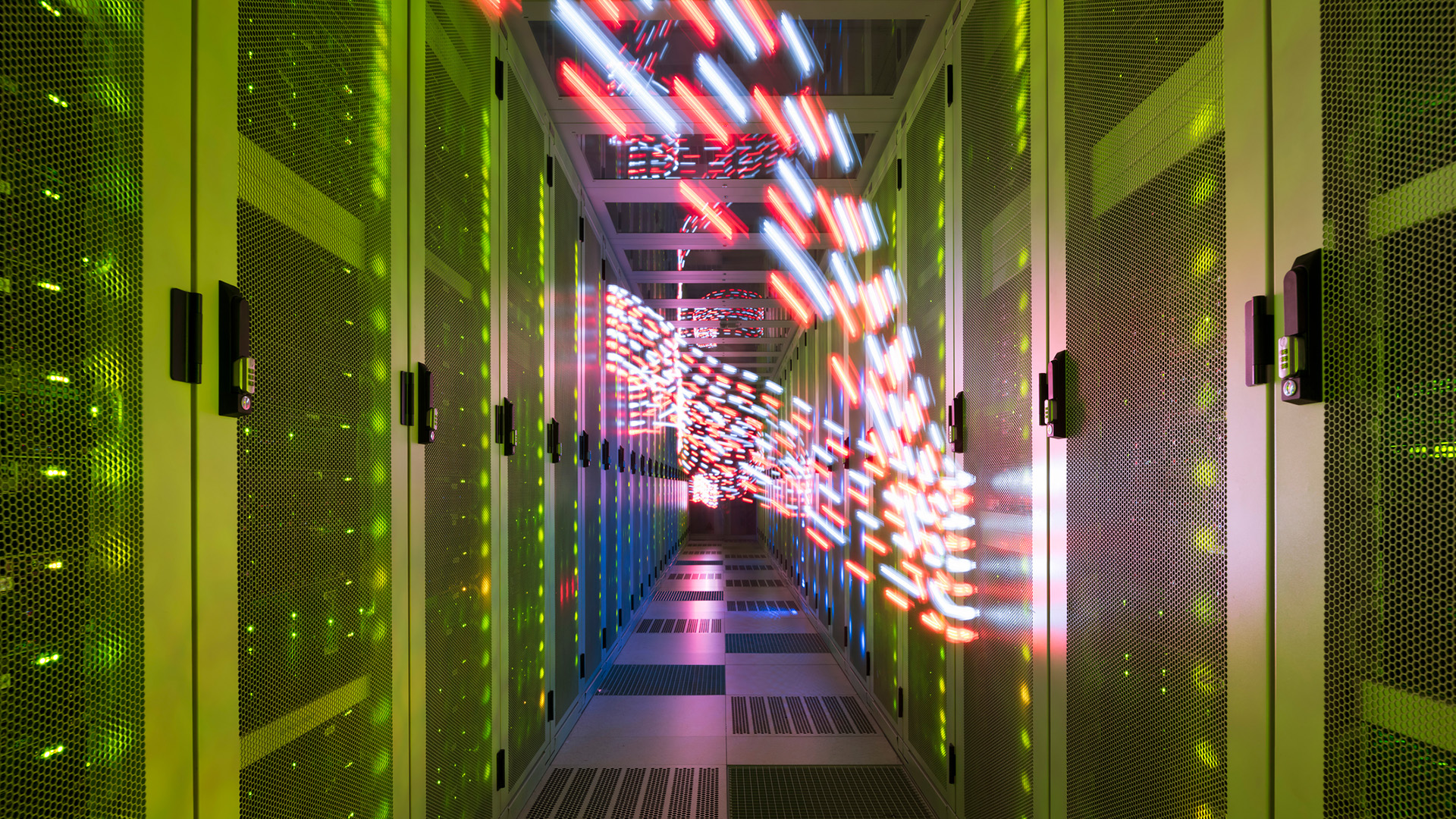 “Significant concerns” raised over impact of data center growth on regional energy grids
“Significant concerns” raised over impact of data center growth on regional energy gridsNews Scenarios for AI energy consumption in the next decade show potential capacity issues
By Solomon Klappholz Published
-
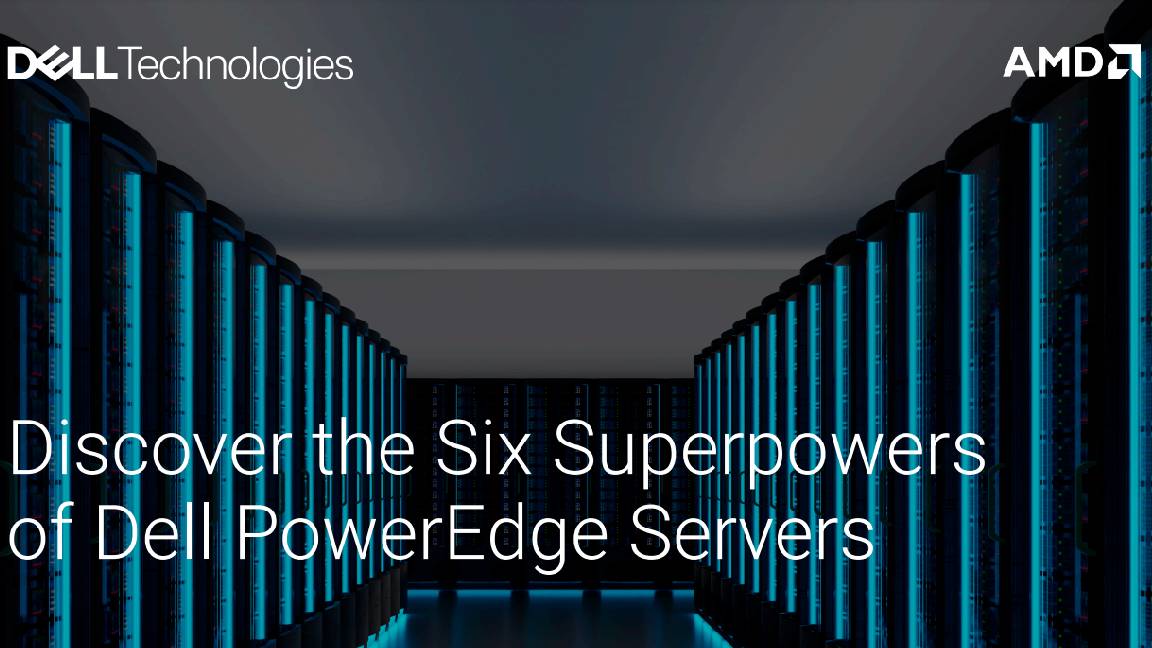 Discover the six superpowers of Dell PowerEdge servers
Discover the six superpowers of Dell PowerEdge serverswhitepaper Transforming your data center into a generator for hero-sized innovations and ideas.
By ITPro Published
-
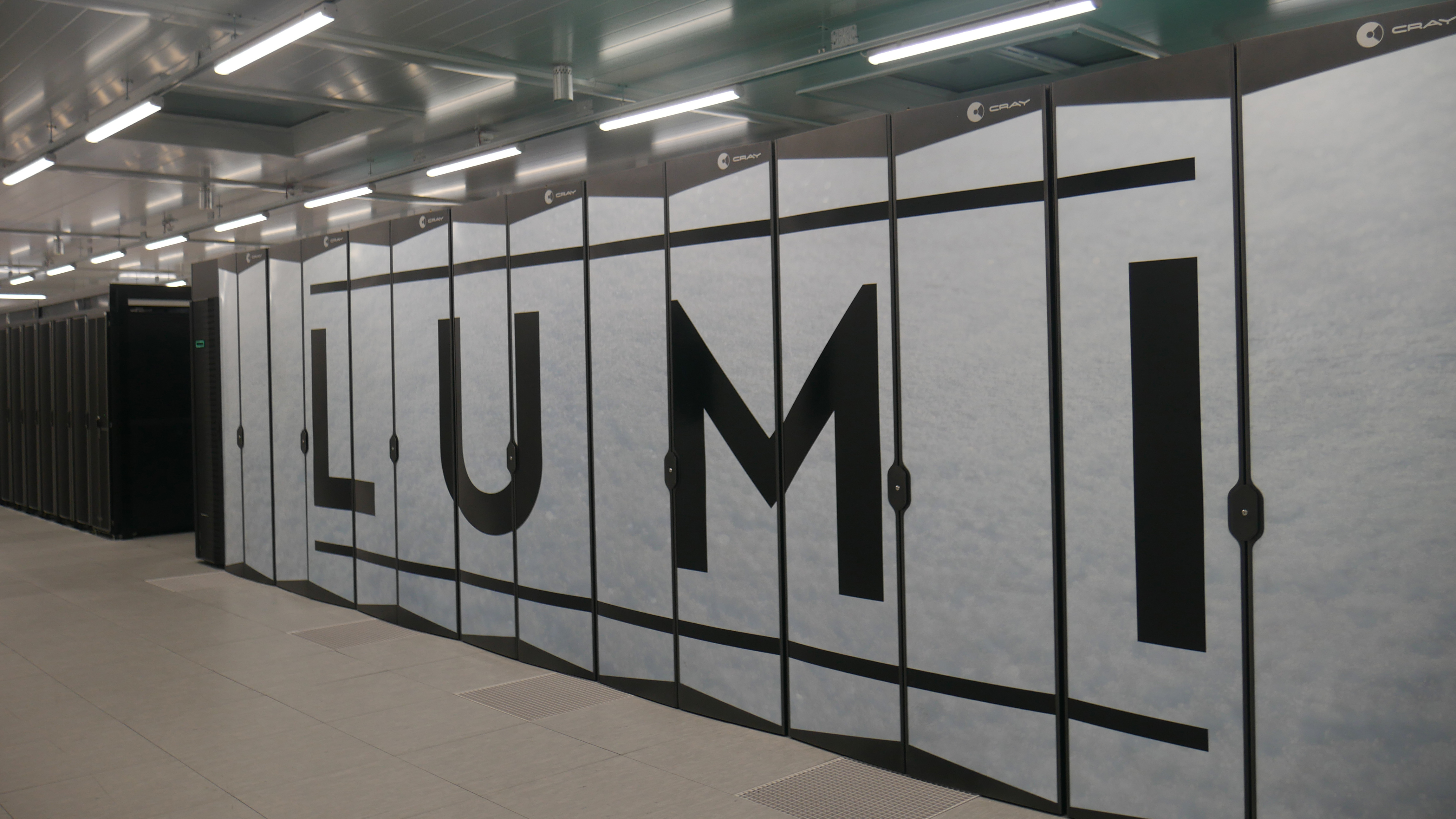 Inside Lumi, one of the world’s greenest supercomputers
Inside Lumi, one of the world’s greenest supercomputersLong read Located less than 200 miles from the Arctic Circle, Europe’s fastest supercomputer gives a glimpse of how we can balance high-intensity workloads and AI with sustainability
By Jane McCallion Published
-
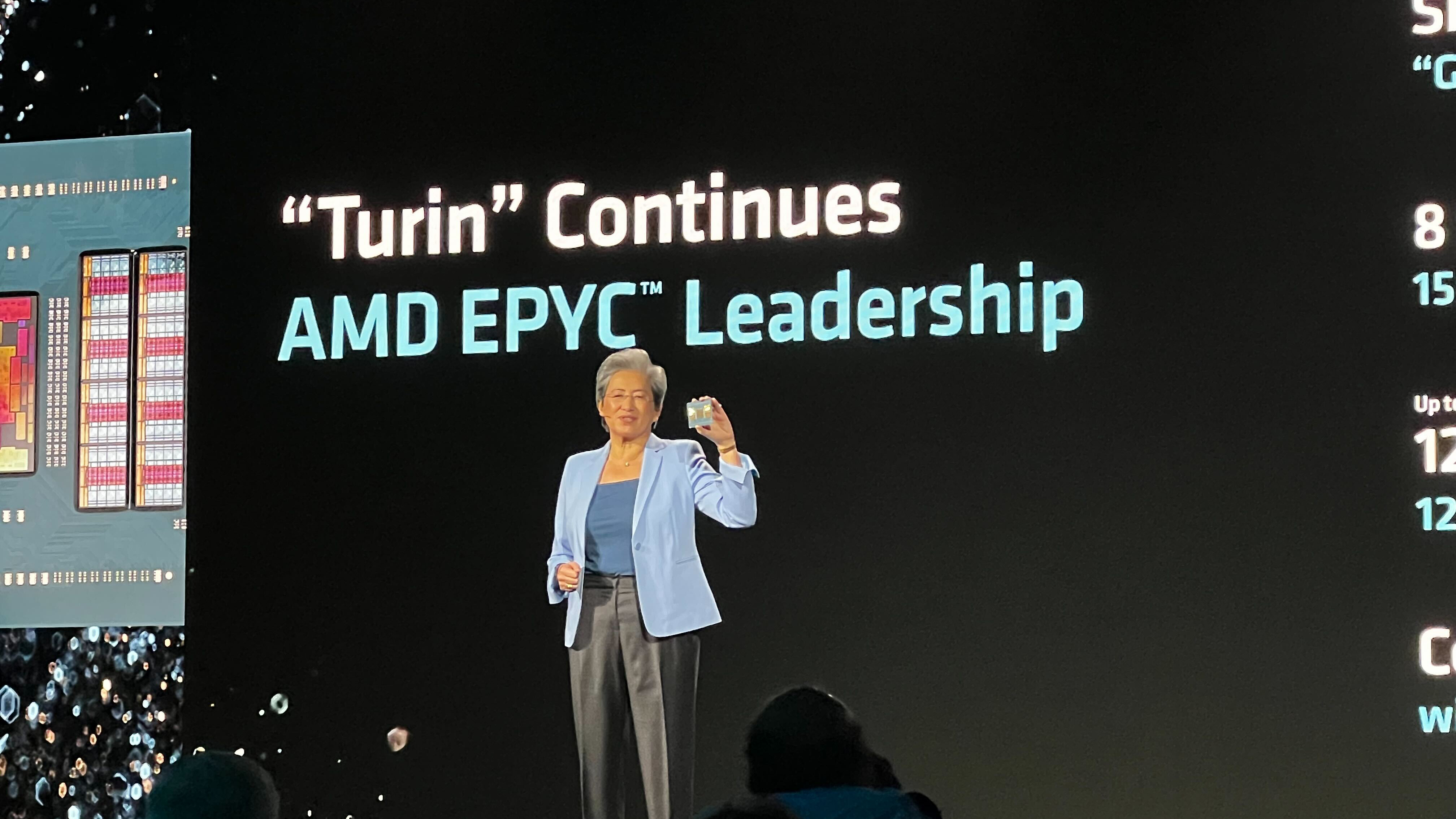 AMD eyes networking efficiency gains in bid to streamline AI data center operations
AMD eyes networking efficiency gains in bid to streamline AI data center operationsNews The chip maker will match surging AI workload demands with sweeping bandwidth and infrastructure improvements
By Ross Kelly Published
-
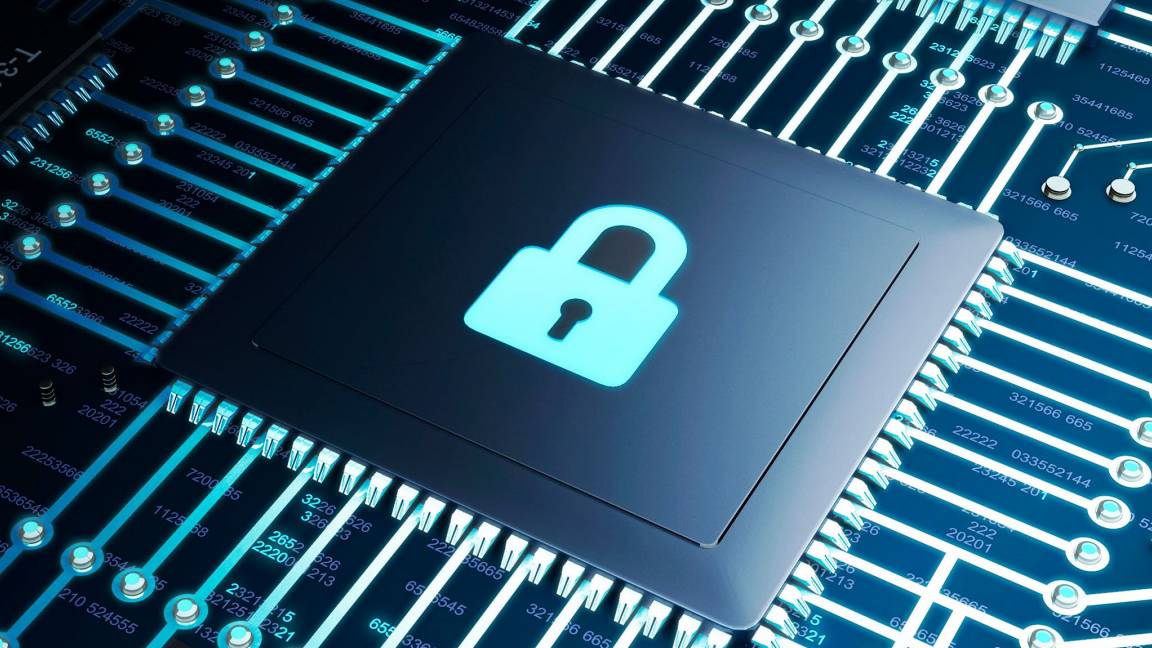 Enhance end-to-end data security with Microsoft SQL Server, Dell™ PowerEdge™ Servers and Windows Server 2022
Enhance end-to-end data security with Microsoft SQL Server, Dell™ PowerEdge™ Servers and Windows Server 2022whitepaper How High Performance Computing (HPC) is making great ideas greater, bringing out their boundless potential, and driving innovation forward
By ITPro Last updated
